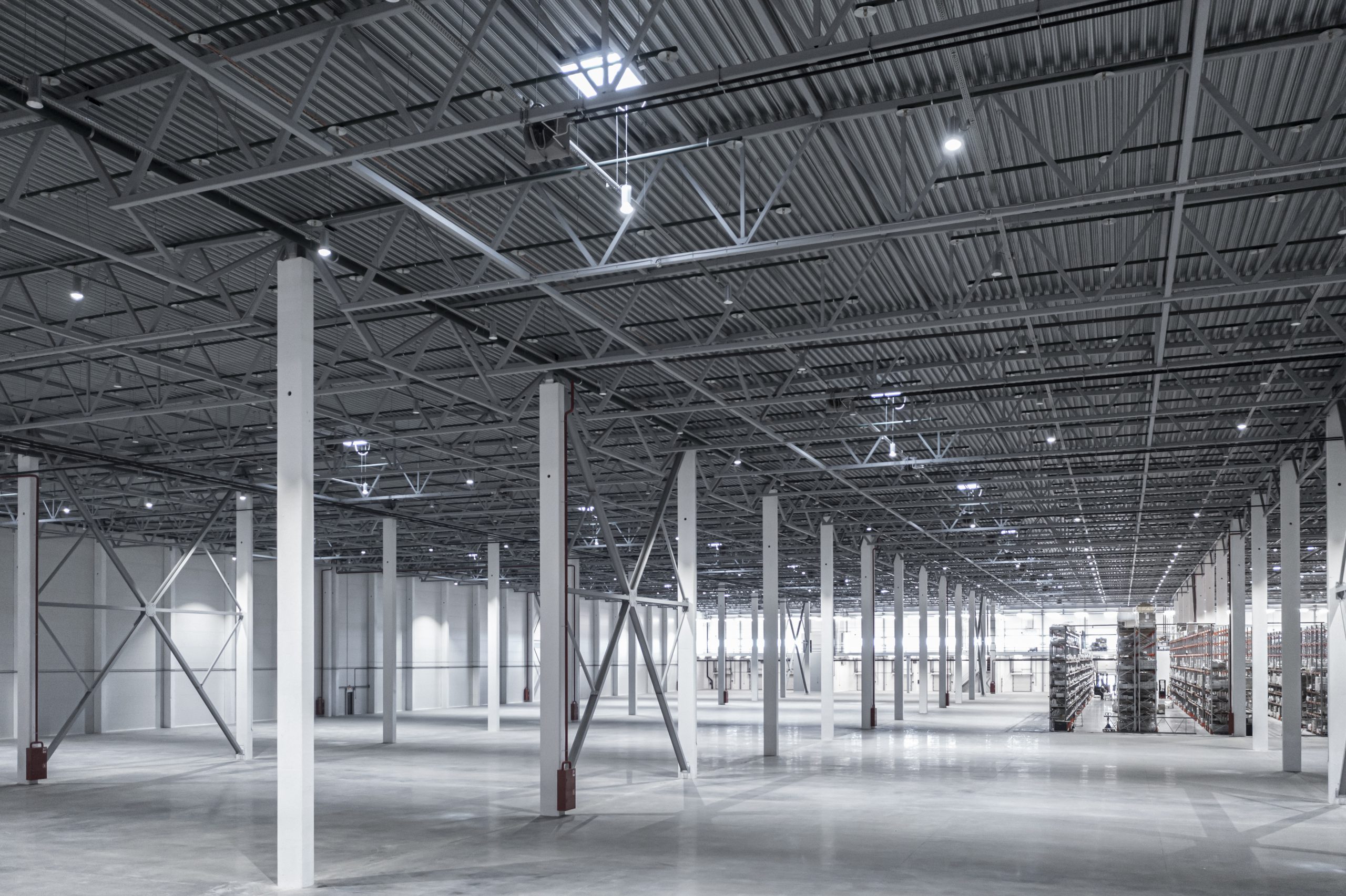Ideal Workshop Size in 2025: A Comprehensive Guide to Space Optimization
Related Articles: Ideal Workshop Size in 2025: A Comprehensive Guide to Space Optimization
- Melaka 2025: A Workshop Of Ideas
- 80th Birthday Gift Ideas For 2025: A Timeless Tribute To Cherished Memories
- Gift Ideas For Older Men Who Have Everything 2025: Thoughtful Presents For Every Occasion
- Easy Persuasive Speech Topic Ideas For 2025
- 60th Birthday Party Ideas For Women In 2025: A Diamond Jubilee Celebration
Introduction
In this auspicious occasion, we are delighted to delve into the intriguing topic related to Ideal Workshop Size in 2025: A Comprehensive Guide to Space Optimization. Let’s weave interesting information and offer fresh perspectives to the readers.
Table of Content
Video about Ideal Workshop Size in 2025: A Comprehensive Guide to Space Optimization
Ideal Workshop Size in 2025: A Comprehensive Guide to Space Optimization

Introduction
In the ever-evolving landscape of manufacturing, optimizing workshop space is crucial for maximizing productivity, efficiency, and profitability. With advancements in technology and changing industry demands, the ideal workshop size in 2025 will require careful consideration of various factors. This comprehensive guide will explore the key determinants of workshop size and provide a roadmap for businesses seeking to optimize their operations for future success.
Factors Influencing Workshop Size
The ideal workshop size is not a one-size-fits-all solution. It depends on a multitude of factors, including:
- Production Volume: The number of units or products produced per day or week.
- Equipment and Machinery: The size and quantity of equipment and machinery required for production.
- Storage Requirements: The space needed for raw materials, finished goods, and work-in-progress inventory.
- Material Flow: The layout of the workshop and the flow of materials through the production process.
- Employee Count: The number of employees working in the workshop and their space requirements.
- Safety Regulations: Compliance with safety regulations and the need for adequate space for safe operations.
Calculating Workshop Size
To determine the ideal workshop size, businesses should follow a systematic approach:
- Identify Space Requirements: Determine the specific space requirements for each production area, including equipment, storage, and material flow.
- Estimate Future Growth: Consider anticipated production volume increases and plan for future expansion.
- Allocate Space for Support Areas: Include space for offices, restrooms, and other support areas essential for workshop operations.
- Calculate Total Space: Sum up the space requirements for all areas to arrive at the total workshop size.
Optimizing Workshop Space
Once the ideal workshop size is determined, businesses can implement strategies to optimize space utilization:
- Maximize Vertical Space: Utilize vertical storage systems, mezzanines, and overhead cranes to increase storage capacity without expanding the floor area.
- Automate Processes: Automate tasks such as material handling and inventory management to reduce space requirements for manual operations.
- Implement Lean Manufacturing Principles: Eliminate waste and streamline processes to minimize the space needed for non-value-added activities.
- Establish a Flexible Layout: Design the workshop layout to allow for easy reconfiguration and adaptation to changing production needs.
- Utilize Technology: Implement technology solutions such as inventory tracking systems and automated guided vehicles to optimize material flow and reduce storage space.
Workshop Size in 2025
Looking ahead to 2025, several trends will shape the ideal workshop size:
- Smart Manufacturing: The adoption of smart manufacturing technologies will enable real-time monitoring and optimization of workshop operations, reducing space requirements.
- Additive Manufacturing: 3D printing and other additive manufacturing technologies will allow for decentralized production, reducing the need for large-scale workshops.
- Remote Collaboration: Advancements in communication and collaboration tools will enable remote work and reduce the need for dedicated office space within workshops.
Conclusion
The ideal workshop size in 2025 is a dynamic concept that will vary based on industry, production volume, and technological advancements. By understanding the key factors that influence workshop size and implementing space optimization strategies, businesses can create efficient and productive workspaces that support future growth and success. As technology continues to evolve, the workshop of the future will be characterized by flexibility, adaptability, and the seamless integration of smart solutions to maximize space utilization and drive operational excellence.
![[IMGSRCTITLE2]](http://www.workshopshed.com/wp-content/uploads/2017/10/Workshop3.jpg)
![[IMGSRCTITLE3]](https://images.cisco-eagle.com/blog/wp-content/uploads/2021/06/spaceoptimizationguide.jpg)
![[IMGSRCTITLE4]](https://s3.amazonaws.com/finewoodworking.s3.tauntoncloud.com/app/uploads/2316/16/27135037/16x32shopwithtools-700x541.jpg)
![[IMGTITLE5]](https://moralstory.org/wp-content/uploads/2023/07/11-1.jpeg)
![[IMGTITLE6]](https://i.ytimg.com/vi/lTGxbnLRX1Y/maxresdefault.jpg)
![[IMGTITLE7]](https://i.pinimg.com/originals/54/4b/cc/544bcc13baa2fe4b166506bcd3fb3705.jpg)
![[IMGTITLE8]](https://i.pinimg.com/originals/f5/8e/f0/f58ef07d3c88719058d3d267ede58e39.jpg)
![[IMGTITLE9]](http://www.workshopshed.com/wp-content/uploads/2017/10/Workshop4.jpg)
Closure
Thus, we hope this article has provided valuable insights into Ideal Workshop Size in 2025: A Comprehensive Guide to Space Optimization. We appreciate your attention to our article. See you in our next article!